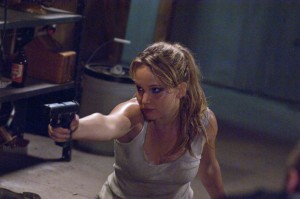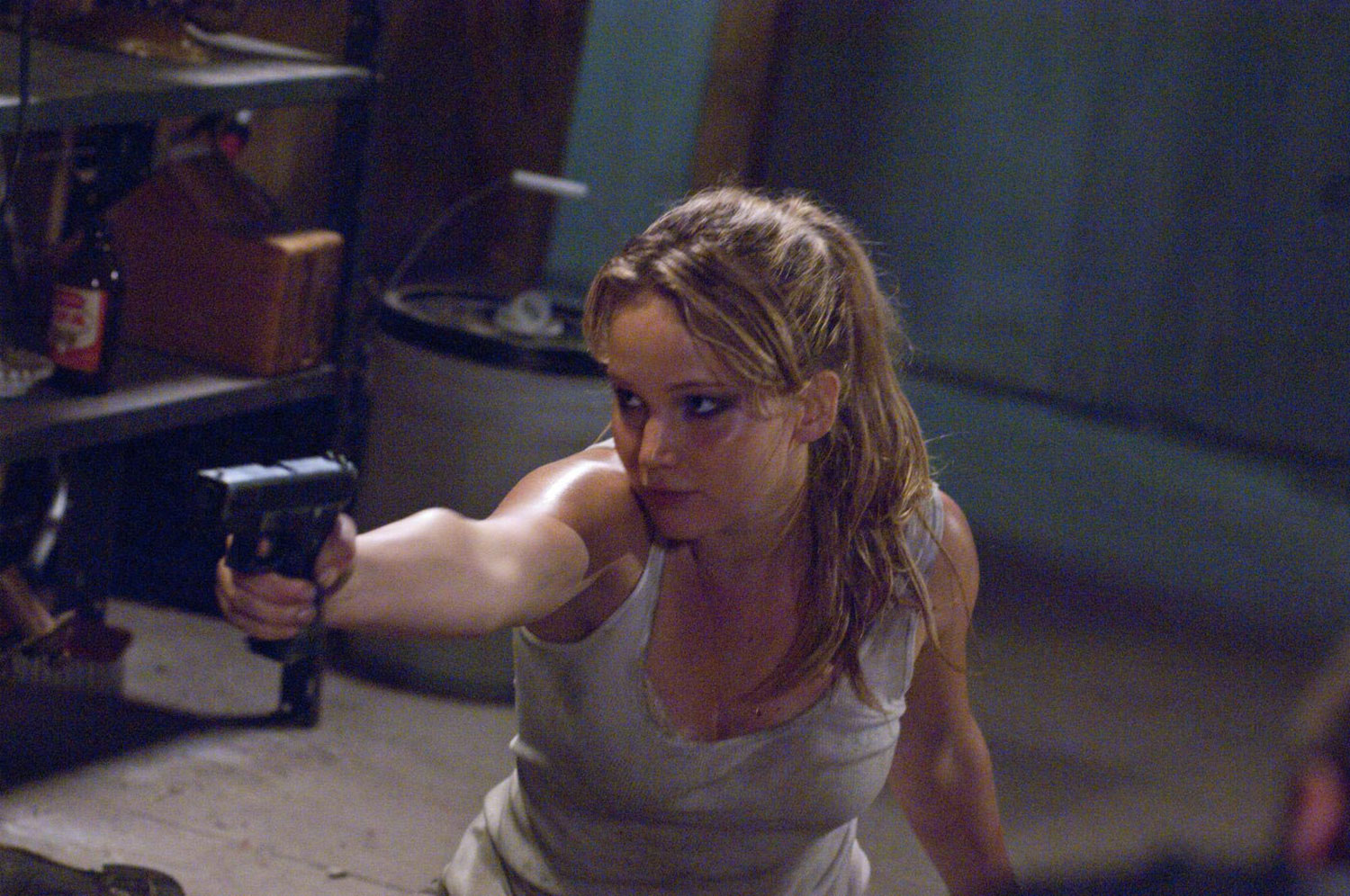By Joshua Knopp/special assignments editor
House at the End of the Street is getting a lot of hate from critics, but it’s not that bad.

Photo courtesy Relativity Media
The film follows Elissa (Jennifer Lawrence) into a new neighborhood with her recently divorced mother (Elisabeth Shue). In their new home, they share a backyard with Ryan Jacobson (Max Thieriot), the last survivor of a double-homicide that took place in his home four years earlier.
His brain-damaged younger sister, Carrie Anne, killed their parents while he was away with his aunt and then ran into the woods in an event that swiftly became local legend. Ryan and Elissa soon begin seeing each other.
It is revealed early that Ryan has been keeping his sister in his basement, taking care of her and stopping her from causing further harm (at this point, she functions more as a rabid animal than a human).
The movie disappoints for two primary reasons. First, it’s not what people expect from the commercials. Previews for House at the End of the Street indicate a much more violently frightening movie with some sort of ghost as the primary antagonist and Ryan as a love interest/supporting antagonist. In reality, the film is much more of a teenage soap opera with no ghosts at all and the closest thing to an antagonist being the town that alienates Ryan and, to an extent, Elissa.
Second, after its gut-punching plot twist, the film sharply declines from an OK drama to a corny horror that leans obviously and heavily on older classics to create a climax that looks outright plagiarized.
The first gripe is largely in the eye of the beholder and clouds a lot of what the film did right. Motifs abound with eye imagery used masterfully and the gut-punching plot twist set up almost perfectly. The clues are laid out without indicating to the audience that a twist is even imminent. Drug use and bad parenting are mixed to the point that the film almost becomes a metaphor comparing the effects of bad parenting on a teen to drug use.
Then, after the gut-punching plot twist, it turns out Elissa’s alcoholic mother was right about everything and Elissa should have been listening to her the whole time.
The real problem in House at the End of the Street is its best aspect — the execution of its gut-punching plot twist. The dissonance between the film’s halves on either side of that plot twist brings the rest of it down. The half-hour horror show leaves a bad taste in the audience’s mouth and makes the first part of the movie less important in the plot. It’s a Catch-22 — without the twist, it would have been a better movie, but it wouldn’t have had its best part.
House at the End of the Street has potential but gets tangled up in itself and, frankly, should have been fleshed out a little more. There are better things in theaters right now.

